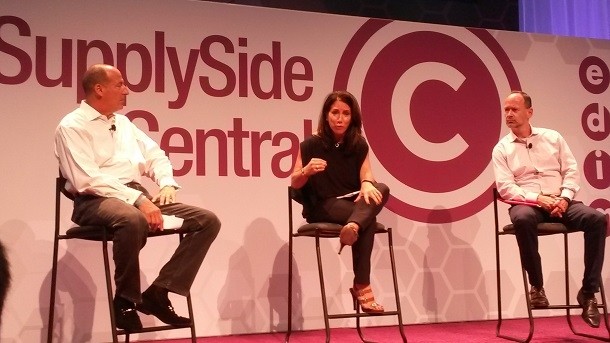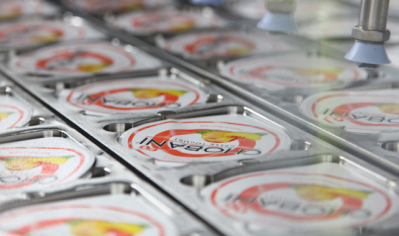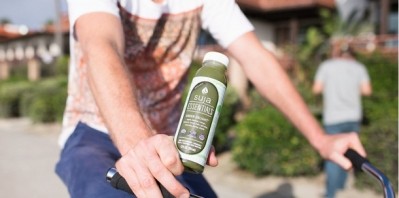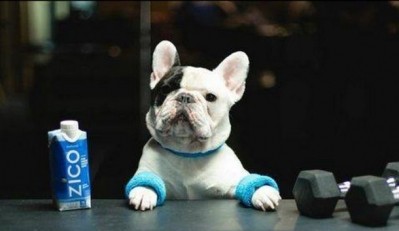SupplySide West 2015
Three keys for building a $1 billion brand

“There are about 5,000 beverage trademarks in the US at any given time, with about 465 new ones added every year and about 380 dying every year,” said Matthew Mitchell, director of strategic initiatives at The Coca-Cola Company.
Needless to say, “it is a very challenging space,” he added at SupplySide West in Las Vegas earlier this month.
To help The Coca-Cola Company identify which brands will survive, and therefore may be worth investing in, Mitchell and his colleague Rebecca Messina, senior VP of marketing and innovation at The Coca-Cola Company’s Ventures and Emerging Brands division, say they look for brands that meet authentic need, have positive social sentiment and are run by competent management teams.
Identifying authentic need
Brands that grow beyond $2-3 million to $1 billion a year fulfill a fundamental need that is being sought after by consumers, Messina said.
Given that “sometimes consumers don’t even know what they need until an entrepreneur brings the latest disruption,” The Coca-Cola Company evaluates authentic need with a four-prong approach, she said.
The first prong is the consumer response and if a product hits a “sweet spot” that balances attributes and benefits, she said.
The second prong is how the retail landscape responds. Messina said the retail landscape used to be a lagging indicator filled with me-too versions of successful products, but now retailers are picking up and promoting new brands or offering private label versions earlier in the development cycle. Their level of interest and engagement reflects that of their consumers, she said.
The third prong is what else is happening in the market place to demonstrate need, Messina said. This includes other entrepreneurs launching similar products at the same time, working with each other and retailers to build buzz and even to create new categories when necessary.
For example, when coconut water first launched in the US several companies hit store shelves at the same time, creating a virtually instant new segment. This is happening again now with drinkable soups and shrubs.
The fourth, often-overlooked, prong is the government’s perspective, Messina said.
“In this country, you cannot ignore the role the government plays in food and beverage brands. We take a strong look at what is going on from a government perspective,” Messina explained. “Where is money going for research grants, what claims are picking up and what claims are being denied?”
She also watches the European government’s response to claims submissions since the FDA often follows suit.
Measuring social sentiment
Tapping into consumer need is essential for success, but generating a social connection is vital for longevity, Messina said.
Brands “are never going to get to the billion dollar mark if you are not tapping into consumers’ hearts as well as their minds,” she said. “It is not enough to stop at the function or the ingredient because someone can come out with more functionality and better ingredients. You have to tap into the hearts and minds of consumers.”
Social sentiment can be measured through social media, given that 88% of the country’s population is connected to technology and 55% of US consumers will use that technology to talk about food and beverage, Messina said.
he Coca-Cola Company specifically looks at how people talk about, engage with and defend the brand to evaluate its level of sentimental worth, she said.
A key to building that social sentiment is to have a bigger story beyond the product, Messina said.
“You fall in love with brands the same way you fall in love with a person. First, I like how you look, but after a while I am going to fall in love with how you make me feel and what you stand for,” which companies must communicate, she said.
A competent management team
The last element The Coca-Cola Company looks for when evaluating the potential of a brand is the management team, Messina said.
“Brands have people at their hearts” and successful brands have experienced people who have succeeded in the past and learn from their and others’ mistakes, she said.
A solid management team also will focus on the long term, rather than trying to hit a number in a short period of time, she said.
In addition, they will stay true to their core beliefs and only expand to additional platforms once they have established their core, she said.









